4 pts. The goal: Photograph the same subject from different angles of view and with different cropping to make a pair of photographs of the subject that are very different both in composition and mood.
Repeat for a total of 15 DIFFERENT subjects.
Work outside during the day in good light.
Select a range of subjects to work with. (No street furniture: garbage cans, hydrants, street lights.) Make your subject look big in one and small in another, symmetrical and asymmetrical, cute and fierce, pretty and ugly, strong and delicate just with the crop and angle of view that you use. Use a range of opposites in your ten pairs.
Put your 30 photos in an album on Flickr.
Select your best pair of photos – meaning the one in which the subject is most radically transformed – and send them to the class group.
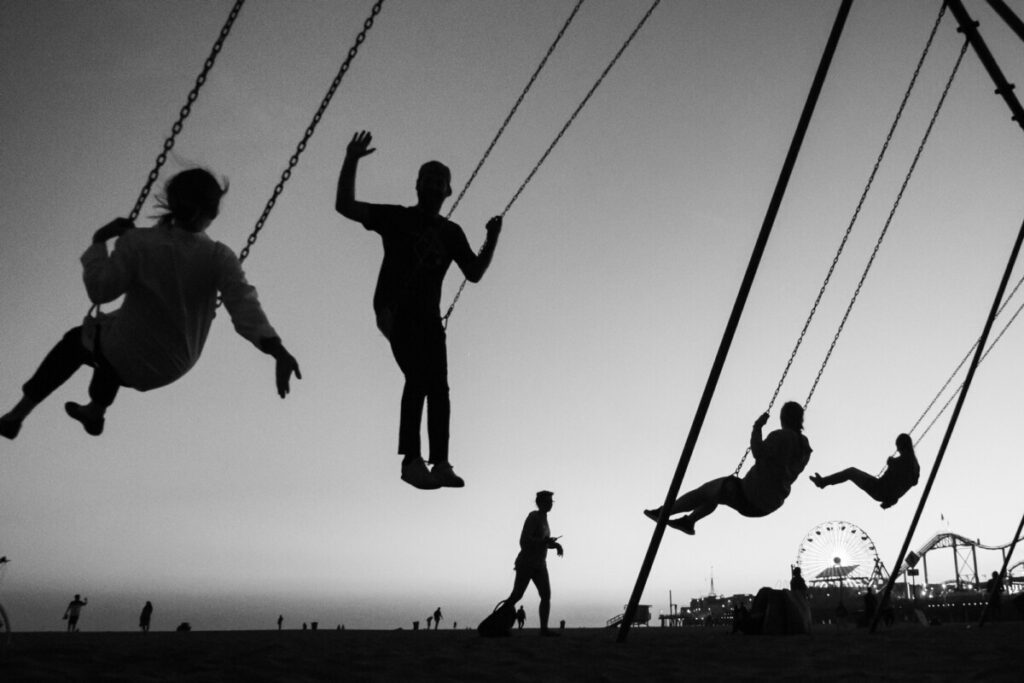
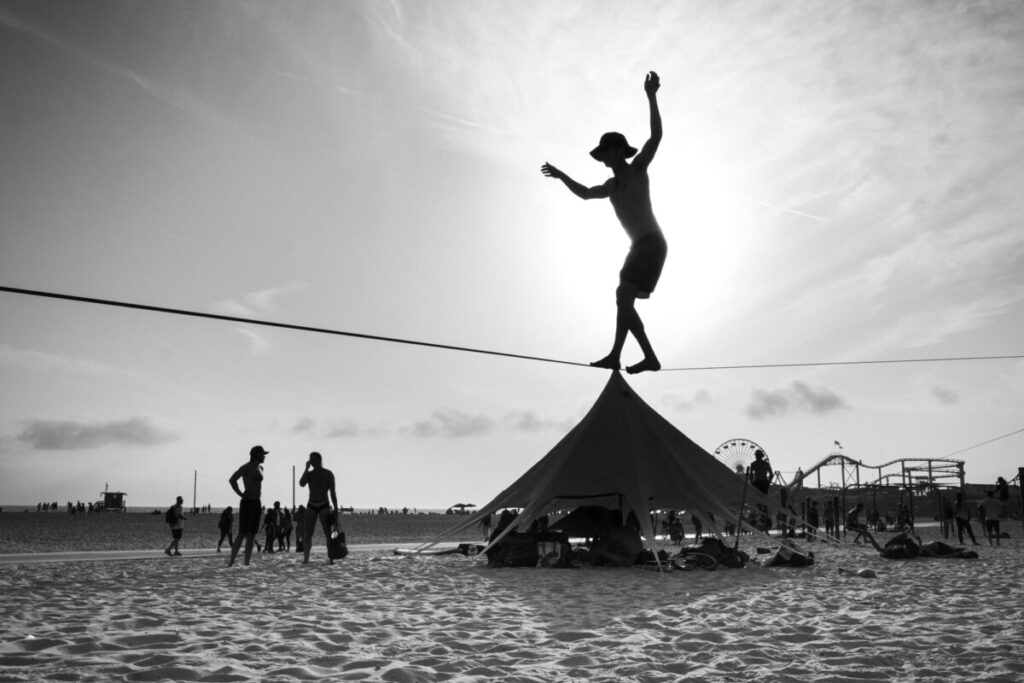
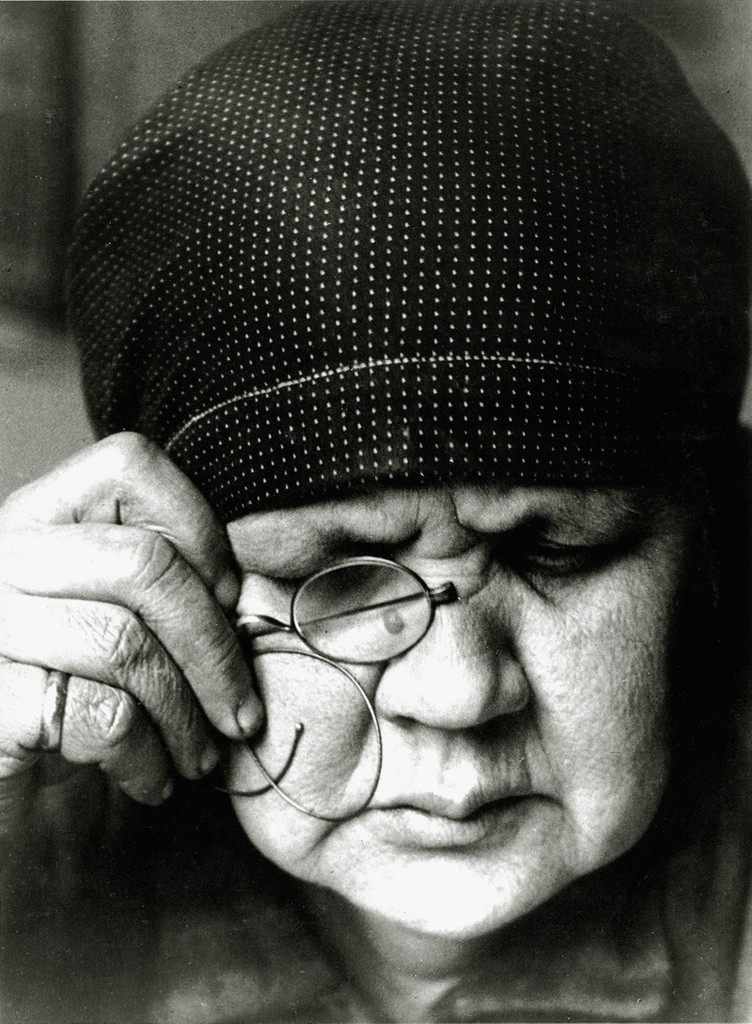
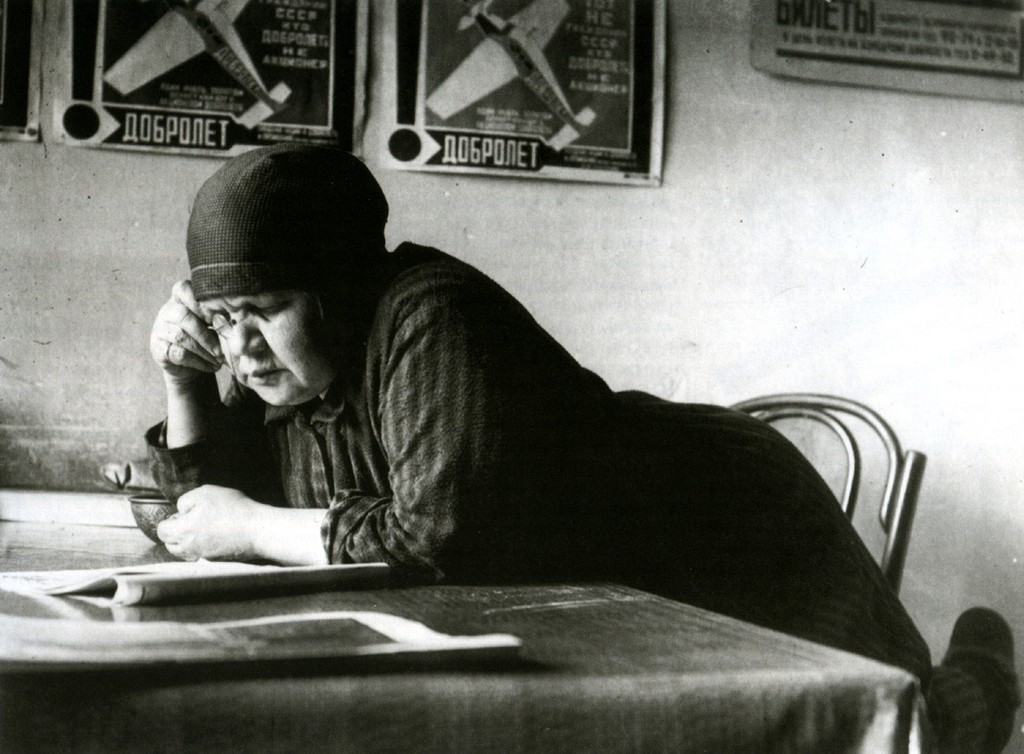
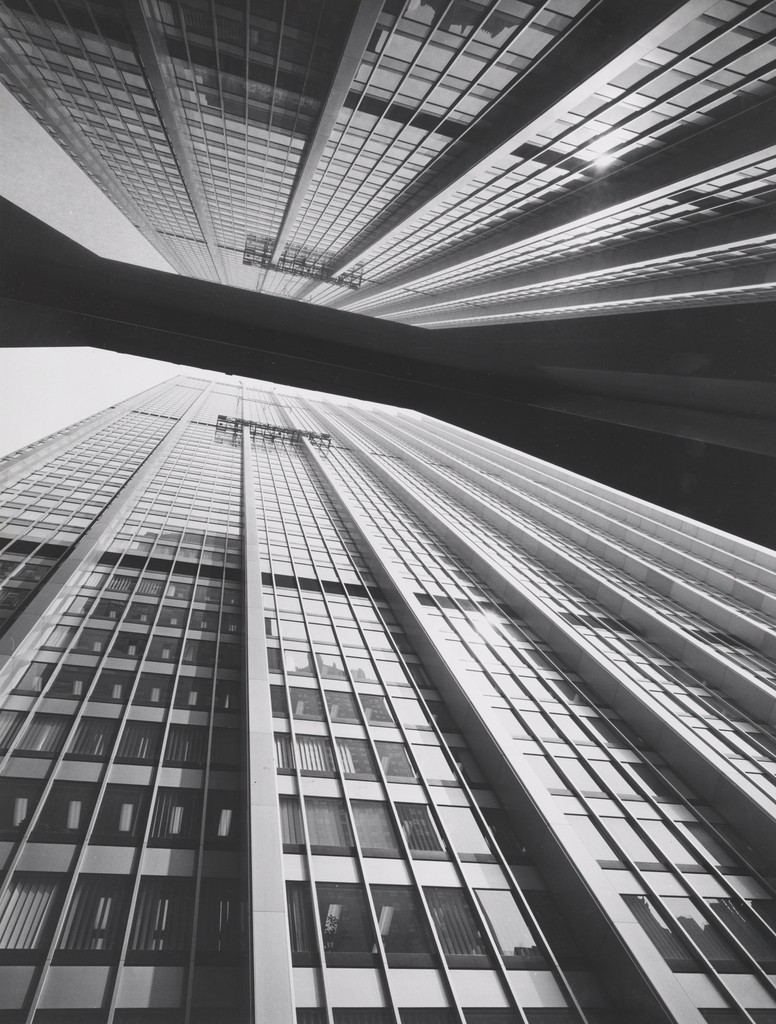
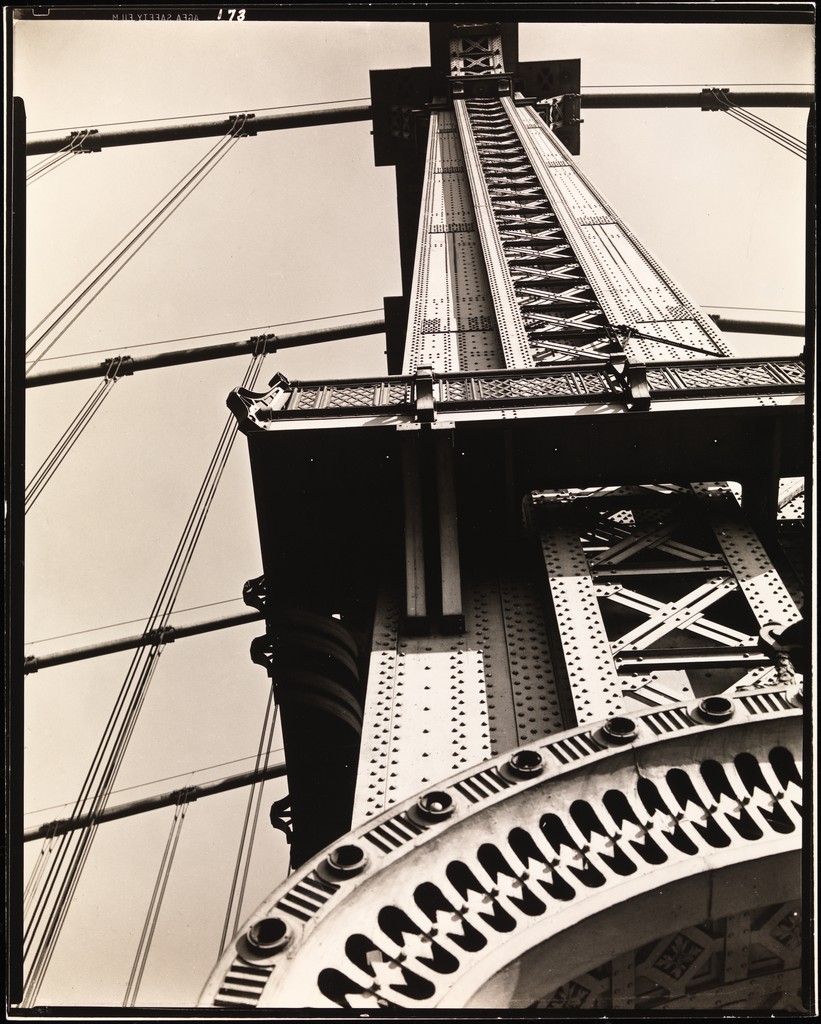
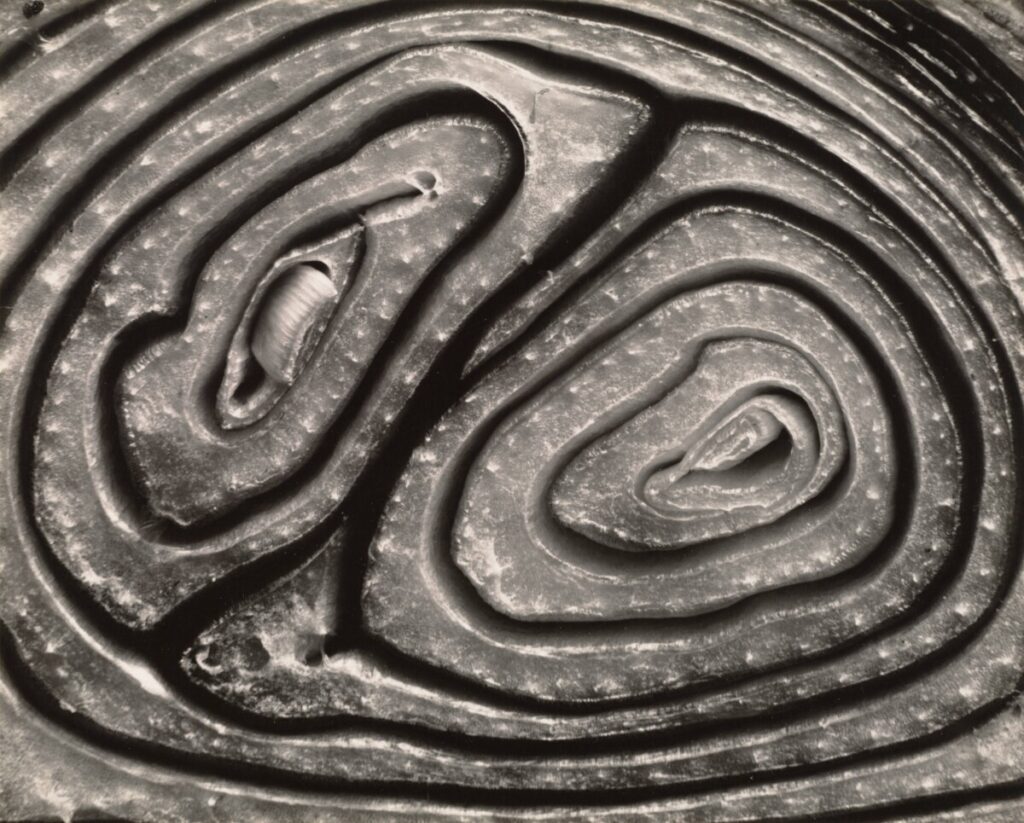
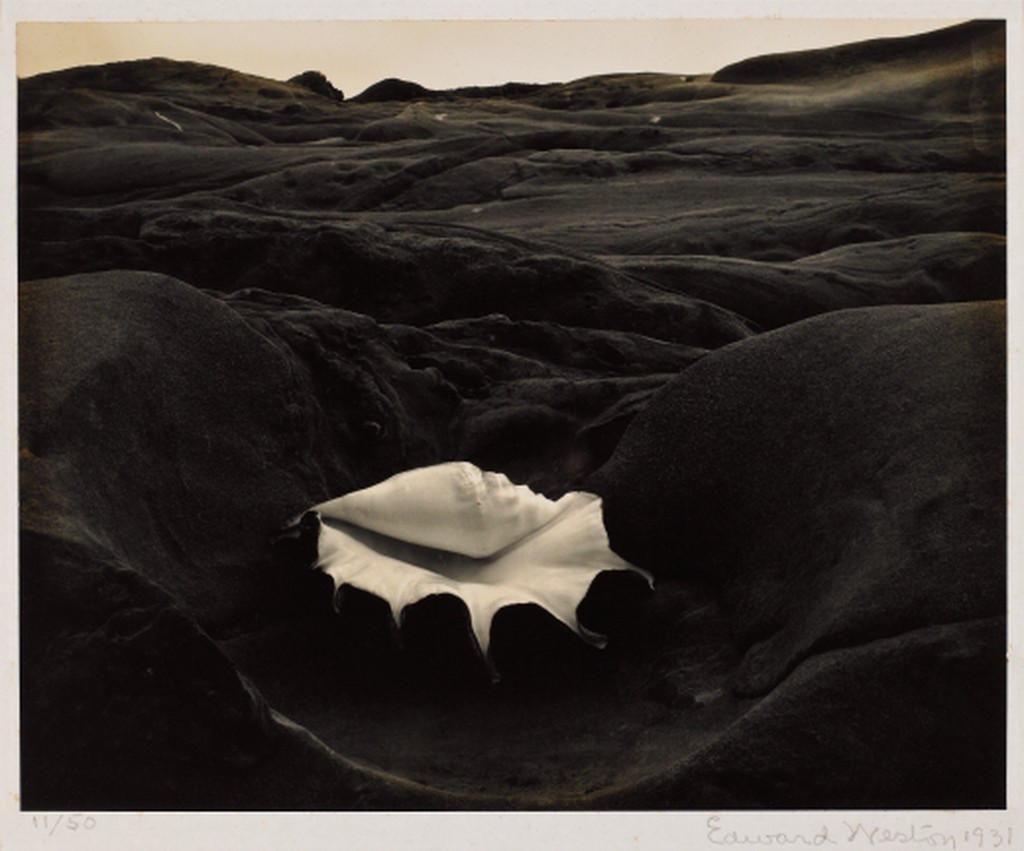

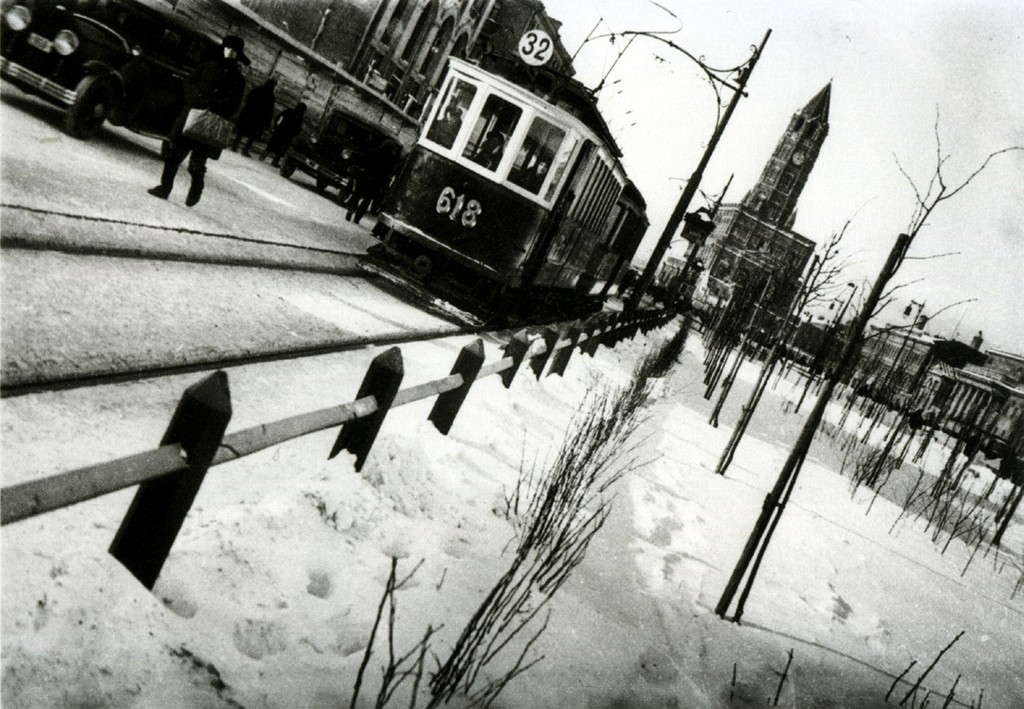




Recent Comments